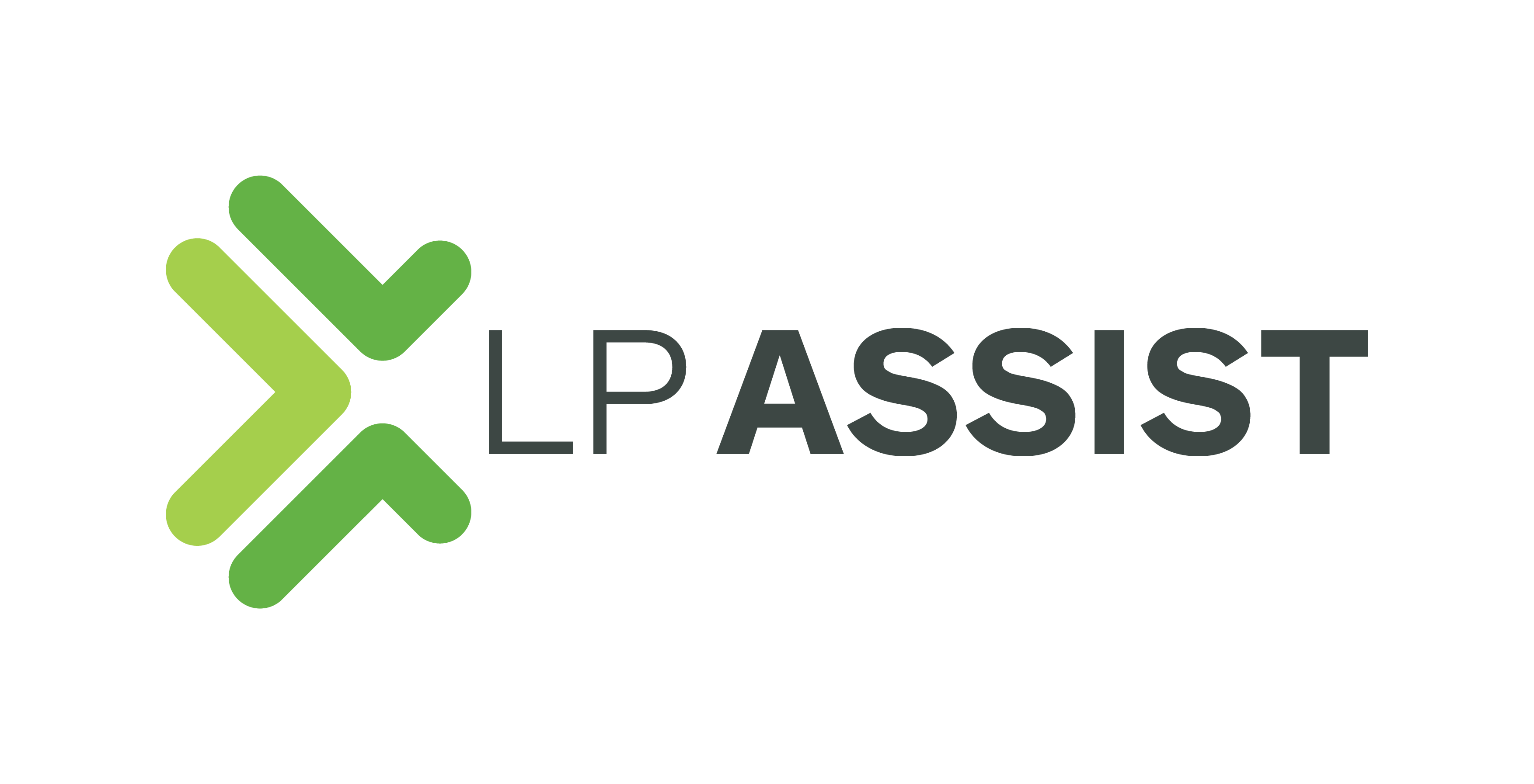As bookkeepers, we see accounts that range in quality. Sometimes, business owners have excellent bookkeeping methods and as such, excellent accounts. But other times, business owners fall into bad habits or they simply don’t understand how their accounts should be properly maintained. Knowing how to do your books properly can save you (and your accountant) a lot of time and energy. It’s also useful to know what not to do, so we’ve put together a list of the top five common mistakes we see and some ways you can avoid committing these deadly bookkeeping sins.
1) Incorrect Bank Balances
This is the big one! If your bank account balance in your accounting system does not match your actual bank balance according to your bank statement, this is a big indicator that something is wrong within your General Ledger. To check if your accounting system reconciles against the bank statement, run a reconciliation report in your accounting system. If it does not balance, then you’d best start figuring out why.
2) Incorrect Treatment of Fixed Assets
Fixed assets are typically physical things that have a life of longer than a year. This can include buildings, vehicles, furniture and office equipment. A fixed asset is usually depreciated over the period of its useful life. This means that if your business buys a new piece of machinery that you will use for the next ten years, you don’t get to decrease your taxable income by the total value of that asset in the year that you purchased it. Instead the value of that asset is spread across the next ten years.
However, if an asset costs less than $1,000 you do not need to depreciate it, even if you plan to use it for more than one year. So you can decrease your taxable income by these low value assets (less than $1,000) in the year they are purchased. Avoid this deadly sin by coding your low value assets to an expense code instead of a fixed asset code on your balance sheet.
3) Poor Record Keeping
Improper record keeping is a very common bookkeeping mistake. It is easy to lose receipts, delete the wrong email or forget about small expenses that seem insignificant. But you are legally required to keep records for seven years, and if you want to run a successful business, you need to keep accurate records.
Tax compliance is much easier when you have good records. You can often reduce your tax bill because you have evidence of all of your business expenses, not just some of them. GST and Income Tax returns are also easier to prepare when you have all the correct documentation. Additionally, if you are ever audited you will also have those records on hand so you can avoid possible penalties for incorrect returns or underpaid taxes.
You can also manage your business better when you have good records. By understanding all of your income and expense streams, you know how much money your business is making. This helps with budgeting and decision making. It also allows you to identify problems early and make timely corrections.
4) Inaccurate Accounts Payable and Receivable
How often do you run Aged Payable and Receivable reports from your accounting system? This is a great way to avoid overstating income and expenses in your General Ledger. It is good practice to regularly run the Aged Payable and Receivable reports and review the items shown on these reports. We commonly see incorrect items on these reports and can spend hours fixing them.
Let’s say you run the Aged Payable report and see a bill on this report that you know has already been paid. This generally means that when the payment for this bill went out of the bank account, it was not allocated against the bill and instead was coded directly to an expense code, resulting in the expense being in the accounting system twice (once when the bill was entered and again when the payment was coded)! When a payment is correctly allocated against a bill, this creates a link between the bill and the bank transaction so the accounting system knows that they are associated and only records the expense once. This also marks the invoice as paid so it will no longer show on the Aged Payable report. The same is true when looking at the Aged Receivables report. Run these reports occasionally to make sure you aren’t committing this deadly bookkeeping sin.
5) Poor Debtors Management
A good bookkeeper will keep a close eye on the debtors in a business. Debtors are also known as accounts receivable, invoices or customers. Customers are paramount to a business’ success; no business can succeed without income.
Part of managing debtors includes sending out invoices regularly. The more regularly you send out invoices, the more regularly you will be paid. This is great for cash flow. In addition to sending invoices to customers, a bookkeeper will also need to regularly reconcile payments against these invoices so they know who has paid their invoice and who hasn’t.
Unfortunately, customers do not always pay their invoices on time. A strong bookkeeper will send out statements as reminders, contact customers directly to request payment both verbally and in writing or, in extreme cases, send the customer to debt collection. You can also work with the customer to create payment plans or enforce credit limits. Some accounting systems such as Xero also have features that will automatically send reminders out to customers.
Still feeling unsure about your bookkeeping? Get in touch! Our team of expert bookkeepers love taking care of our clients’ books and can ensure you don’t succumb to any of these dangerous sins!








